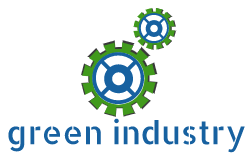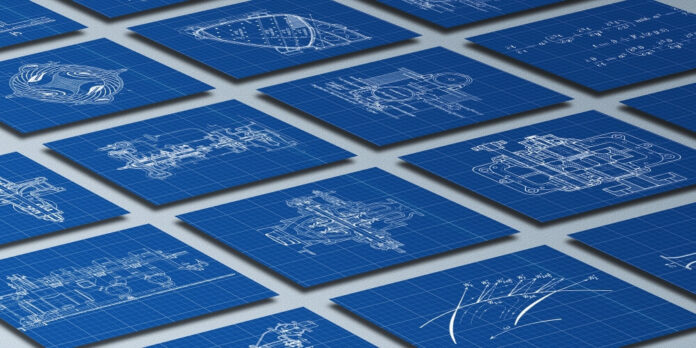What is rapid prototyping? What are some of the methods used? What are the advantages?
Rapid prototyping is the technique used to swiftly and quickly fabricate a physical part, model, or assembly using a 3D computer-aided design commonly referred to as CAD data. Additive manufacturing, known as 3D printing, is usually used to complete the process. When a design matches closely to the final product, it’s considered to be a high fidelity prototype.
Although rapid prototyping utilizes additive manufacturing, there are other technologies used. These include high-speed machining, molding, extruding, and casting. Manufactures providing prototyping services usually use three main processes.
The main processes used in Rapid Prototyping include:-
- Additive Manufacturing: This is the industrial name for 3D printing. It involves the use of a computer-controlled process to create a three-dimension object by depositing layered materials.
- Subtractive: This involves the use of high-speed machining processes like turning, grinding, or milling to create the desired shape.
- Compressive: This involves the use of molding and casting processes where a liquid or semi-solid material is compressed into the desired shape before it solidifies.
Types of Rapid Prototyping
- Stereolithography (SLA)
SLA is used to produce objects layer by layer using a highly focused UV laser beam on the surface of a vat liquid photopolymer. The liquid material solidifies as soon as the beam strikes. A second layer is traced on top of the first by the UV beam. The self-adhesive properties of the liquid material prompt the layers to bind together, eventually, a complete 3D object is formed layer after layer. SLA is also known as vat photopolymerization. It produces smooth and accurate prototypes.
- Selective Laser Sintering (SLS)
SLS prototyping is used for both metal and plastic. It uses a moving laser beam to trace a sinter powdered polymer or composite metal materials. The powder is kept at a high temperature. On metal, the SLS process solidifies the polymer materials on layer at a time forming the part.
- Fused Deposition Modelling (FDM)
FDM uses the process of extruding plastic or wax materials through a nozzle that traces the parts layer by layer on a cross-section.
- Laminated Object Manufacturing(LOM)
It involves the stacking together thin-cut accurate materials by use of laser beams to create a part.
- Selective Laser Melting (SLM)
SLS is also commonly referred to as powder bed fusion. It involves the use of fine metal powder which is melted layer by layer using a high powered laser or electron beam. SLM is suitable for making complex parts, commonly used by the automotive, aero scope, defense, and medical industries.
Advantages of Rapid Prototyping
- Cost-Effective: RP is an automated process that requires less human input. CAD reduces the amount of error and materials wastage.
- Identify and solve product problems. During the design stage, one can identify any problems arising with the product and, hence they can correct them.
- Rapid prototyping allows for improvements to be made for the final product.
3ERP provides quality and affordable prototyping services in the market. We will bring your idea to life. Don’t hesitate to reach out.







